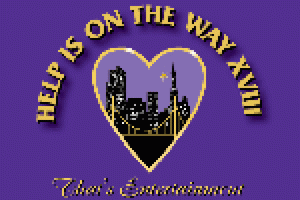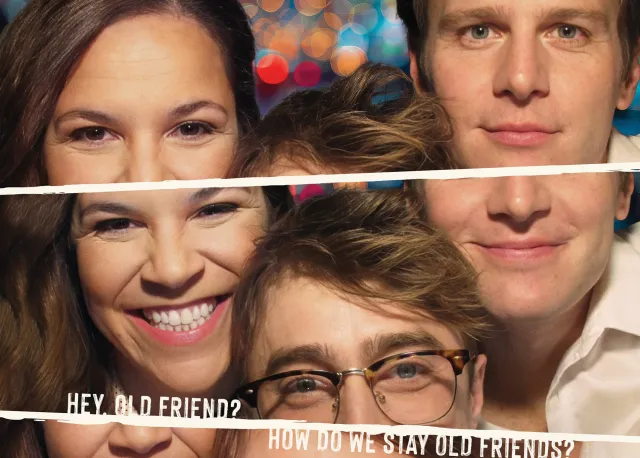
Even before she became the voice of the women’s movement with her 1972 anthem “I Am Woman,” Helen Reddy had scored a 1971 chart hit with a cover of “I Don’t Know How To Love Him” from Jesus Christ Superstar. A top-selling recording artist through the 1980s, Reddy shifted gears to musical theater in the 1990s with appearances in stock, on Broadway, and on London’s West End — and made a CD of theater songs called Center Stage — before choosing to retire from performing in 2002 and pursue a career as a hypnotherapist in her native Australia.
Happily for her many fans, she’s returning to singing. She’s making an appearance in San Francisco on August 5 at the star-studded Help is on the Way XVIII concert benefiting Bay Area AIDS service organizations, and will return to the Bay Area for a pair of concerts at Yoshi’s on October 3-4, among her other upcoming gigs. She recently chatted with TheaterMania about her theatrical career, her musical theater family, and the work she does away from the stage.
THEATERMANIA: I read that you migrated from music to theater because you wanted to regain control of your career and it was an area where your ex-husband Jeff Wald did not have a lot of influence. So, while there was a pragmatic reason for making that shift, what did you think of theater once you got started?
HELEN REDDY: Oh, I loved it. It’s wonderful to be able to immerse yourself into another character. I did four productions of Shirley Valentine and three productions of Blood Brothers, so I’m very well versed in the Liverpool accent!
TM: Didn’t you also do a production of The Mystery of Edwin Drood?
HR: Ah, yes. My sister, Toni Lamond, was in that with me. She played Princess Puffer, which was the Cleo Laine role, and I played the Betty Buckley role, which was Drood. We had enormous fun with that one.
TM: So, your family is all into musical theater?
HR: Did you see Priscilla, Queen of the Desert? Tony Sheldon, who played Bernadette, is my nephew — he’s Toni’s son. I would say Tony is probably the world’s greatest expert on musical theater. I mean, his mind is an encyclopedia. He was singing the score to West Side Story when he was 18 months old.
TM: What did you think of his work?
HR: We’re very proud of him; he was nominated for a Tony Award, and perhaps next time he might win one. He will be coming back. I think he will spend the rest of his life in New York. Broadway was always his ultimate goal. He did The Producers in Australia for two years as Roger De Bris, and when he was offered the role in Priscilla, he was saying: “I’m not getting back into drag. I’m not getting back into drag.” Well, he’s had seven years of being in drag now, and it’s done very nicely for him. But he’s desperate to get into a pair of trousers.
TM: So, what inspired you to become a hypnotherapist?
HR: I think the out-of-body experience that I had when I was 11. I was always what the Irish would call fey. Sometimes I’ll dream something and 10 days later it will happen, that kind of thing. I was always drawn to the metaphysical, and got interested in yoga and different religious beliefs — even though no one else in the family was. My degree is in Clinical Hypnotherapy, but I practice more of a form of spiritual hypnotherapy — specifically, past life regressions, reuniting people with loved ones who have passed over. I deal with the other side a lot.
TM: Do you think some of the people come to you just because you are an international celebrity?
HR: Well, it has been difficult in the sense that I have to screen people. I don’t want people coming to see me simply because they want to see Helen Reddy. Plus, my thing is I don’t charge.
TM: Does that mean you have to screen twice as hard?
HR: Yes. (Laughs.) Not really. It’s a gift and I take it very seriously. I think that the people who need this work the most are the people that have the least. I only have one regular client. Normally, someone comes and I see them once. Whatever the problem is, we go right to it, clean it up, get it out of the way and they can go back to their lives. I’ve only seen a psychiatrist once in my life, and I walked out the door feeling like I was the most worthless human being on earth. When people leave my door, they feel good about themselves because while they’re under, I load them with all this positive stuff. I build up their self-esteem. That is the main problem for most people — low self-esteem. When they walk out my door, some of them even look years younger, simply because they’ve been relieved of that burden.









